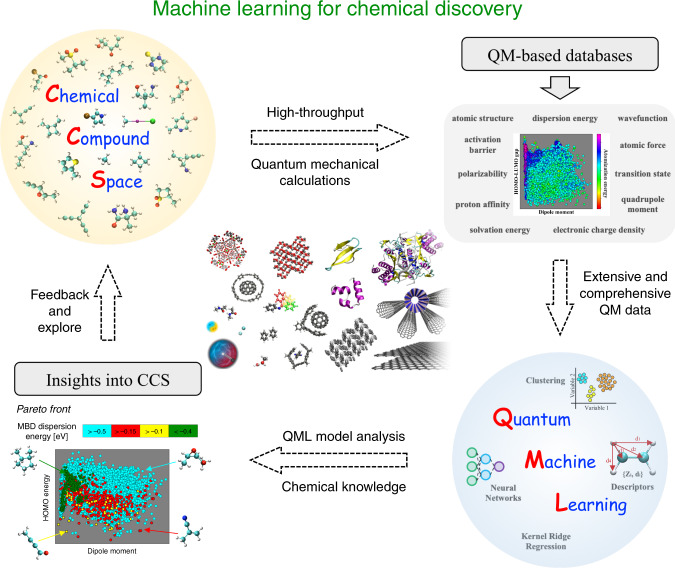Fig. 1. Schematic illustration of using machine learning in the process of chemical discovery.
Subsets of relevant chemical compound space (CCS) are sampled to create datasets of molecular structures. High-throughput quantum-mechanical (QM) calculations are subsequently used to construct QM molecular property datasets. Quantum machine learning (QML) algorithms are employed to enable interpolation and analysis of QM properties in CCS. QML model analysis is combined with chemical knowledge to extract insights into CCS, for example by constructing and analyzing Pareto fronts. Finally, the CCS can be further extended and explored with the accumulated knowledge from QML. The main applications of QML up to now cover CCS of small molecules and ordered extended solids. However, the applicability of QML should be further extended to biomolecular systems, nanostructures, surfaces, organic framework materials, supramolecular systems, and even quantum-mechanical model systems (see central panel).

